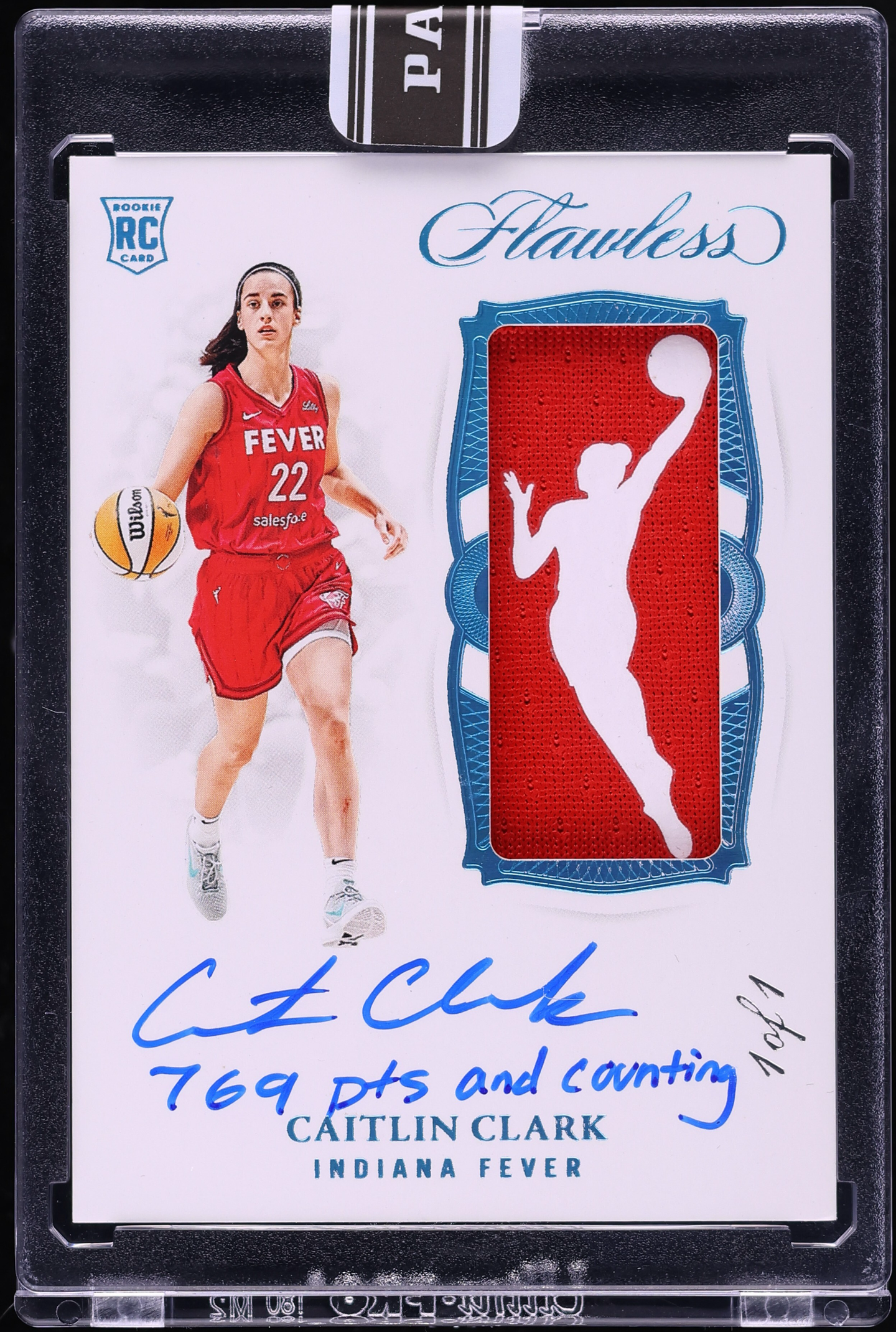News
Baseball in the Land of Enchantment
Even though New Mexico may seem far off the beaten (base)path to baseball fans, two recent homages to the pastime’s colorful past, along with two standout ballplayers the Land of Enchantment claims as its own, should put it on the baseball map.
Houston Astros third baseman Alex Bregman and Minnesota Twins catcher Mitchell Garver had great campaigns in 2019, and Toronto Blue Jays reliever Kenny Giles (with the Astros in their 2017 run to the championship) had a season to remember, too.
Truth be told, only 30 MLB players have been born in New Mexico, and that goes back to the forgettable Al Clancy, born in Santa Fe. He had all of three games in The Show with the St. Louis Browns in 1911 – the year before New Mexico became a state. Eight players, including Clancy, played in a dozen or fewer games, with just one (Ralph Kiner) enshrined in the National Baseball Hall of Fame.
Nonetheless, the Land of Enchantment, and especially Albuquerque, appreciates the national pastime. Albuquerque has hosted two Triple-A All-Star games (1993 and 2007), and fans in New Mexico attending Albuquerque Dukes and/or Albuquerque Isotopes ballgames through the years have been able to see greats like Orel Hershiser, Mike Piazza, Pedro Martinez, Manny Ramirez, Darryl Strawberry, Kirk Gibson and Eddie Murray play here either on a rehab assignment or on the way up to the bigs.
There’s a ton of collecting possibilities – the writer of this article has a huge collection of Piazza cards, plus a game-used bat Piazza used when he was with the Dukes almost three decades ago!
“Outlaw Baseball” originated here
Was it possible? Could Billy the Kid have attended a baseball game played in the Silver City, N.M., area back in 1883?
Yes, it was possible, surmised a speaker at the “Diamonds in the Rough: Baseball’s Legacy in Southwestern New Mexico” symposium at historic Fort Bayard in Bayard, N.M., last October. Fort Bayard’s origins date to 1866, when the construction of it was ordered to offer protection to farmers and ranchers from Apaches in the area. It was named in honor of West Point graduate Gen. George Bayard, who’d been killed in the Civil War Battle of Fredericksburg. As the story goes, in 1886, Second. Lt. John J. Pershing had his first posting at Ft. Bayard with the 6th Cavalry, just two weeks after Geronimo’s surrender.
Although The Kid’s presence was merely a possibility – his mother, Catherine Antrim, buried in Silver City, had moved there from Denver in 1873 or so – the diamond exploits of famed Chicago Black Sox teammates Lefty Williams and Chick Gandil were facts.
Indeed, reproductions of newspapers back in the day showed box scores with their names, and team rosters depicted their names as well. It was a great opportunity for local baseball fans to see major league talent, which wasn’t easy back then with the nearest big league teams located in St. Louis.
There was Gandil, with the 1925 Douglas (Ariz.) Braves of the Frontier League; and Williams, playing for the 1926 Douglas (Ariz.) and Ft. Bayard teams in the 1926 Copper League, and the next year hurling for the Ft. Bayard Veterans at age 34.
There were other infamous players in that part of the New Mexico territory playing the game they loved, as well, and also banned from organized baseball: former New York Giants outfielder Jimmy O’Connell, playing in 1926 and ’27 with Ft. Bayard, and even Hal Chase, managing in Douglas.
Lynn Bevill, whose talk was on “The Outlaw League,” told of what he learned during extensive research for his master’s degree, when he wrote his thesis on the Copper League, also known for the 1925 and ’26 seasons as the Frontier League, before the copper-producing mining towns like Hurley and Bisbee were added. In 1927, Juarez and Douglas left the league.
Bevill said players were enticed to the Southwest not only because of the opportunity to play the game they loved, but also because the local towns and mines would give them jobs.
In the 1926 season, Williams, Gandil and O’Connell were teammates on the Ft. Bayard team, although O’Connell, claiming there wasn’t room enough on the team for him and Gandil, chased Gandil off, brandishing a bat. (None of the other teammates seemed to mind his absence.)
Jacob Pomrenke, the director of editorial content for the Society for American Baseball Research (SABR), drove in from Phoenix for the symposium and presented “Eight Myths Out:”
· White Sox owner Charles Comiskey really wasn’t a scrooge, and his players were among the best-paid in the league in 1919.
· The “Cicotte bonus,” with Comiskey (in the movie) saying he didn’t win 30 games to get his bonus, was false because Cicotte had a chance to win his 30th but was knocked out of the box.
· Gamblers didn’t initiate the “fix,” the players went to the gamblers.
· “Harry F,” the fix man created by “Eight Men Out” author Elliot Asimov, was never identified and really never a threat to pitcher Lefty Williams.
· There were more than “eight men out,” in that superstars Ty Cobb and Tris Speaker, not to mention Jack O’Connell, were also “out” of the game for other fixing transgressions.
· That it wasn’t “baseball’s cover-up,” because Comiskey and White Sox manager Kid Gleason knew about what was happening and chose to look the other way.
· The “stolen confessions” were actually part of the trial, having been recorded before they went missing, and the theft was discovered long before the men went on trial.
· The eight Black Sox players weren’t “shamed into silence,” they talked about the incident with reporters then and later.
Thanks to a lot of research in recent years, and the discovery of documents in 2007 from the time, a lot more is known than originally and subsequently reported.
Games 1 and 2 were the only ones thrown, Pomrenke said research has determined. The 1919 Cincinnati Reds were not aware that the fix was in and that team was, arguably, really the best in baseball that season, with the best winning percentage.
Today, Pomrenke is one of the leading authorities on the outlaw league. He’s also the author of “Scandal on the South Side.”
Coincidentally, Ralph Kiner – the only Baseball Hall of Famer born in New Mexico – was born just a few miles away, in Santa Rita, another town renown for its copper mine. Inside the New Deal Theater, where the symposium was held, were a number of baseball-related posters and ephemera, including a display case containing Kiner items.
More on the Black Sox
Thom Ross of Eldorado, a village north of Santa Fe, gave a talk and displayed his artwork to a different audience a couple months before the symposium, though the event was closely connected. Ross is enamored with the 1919 World Series – and was wearing a vintage, replica Sox jersey and cap.
As some fans recently learned, the moviemakers weren’t allowed to call their 1989 baseball movie “Shoeless Joe,” so it ultimately became “Field of Dreams,” derived, with some typical Hollywood customization, from the 1982 novel “Shoeless Joe,” by W.P. Kinsella.
Ross hinted that “Field of Dreams” is rooted in the Bible: Just as Ray Kinsella (Kevin Costner) hears a voice telling him, “If you build it, he will come,” thousands of years ago a guy named Noah was also hearing voices, and he went on to build an ark.
To further emphasize that Biblical reference, Ross – an acclaimed artist and historian who lives in historic Lamy, N.M. – told a gathering of 16 people last summer that, as the movie ends, who’s out there in Kinsella’s field? The father (John Kinsella), the son (Ray Kinsella) and the Holy Ghost (Joe Jackson).
Ross, who had several dozen of his 1919 Chicago “Black Sox” paintings displayed around the meeting room, plus dollar bills hanging from the ceiling, called it the “end of innocence.”
One hundred years ago, baseball, boxing and horse racing were the biggest pro sports in America. Cheating could take any of them down – remaining on the mat after a punch could lead to an unexpected “knockout,” a jockey pulling up on the reins near the end of a race could allow the second-place horse to win, and – God forbid – a baseball team, or even eight of its players, conspiring to lose a World Series would make gamblers rich.
Ross said most people don’t realize the baseball players emerging from Ray’s corn field are the eight members of the White Sox – Jackson, Eddie Cicotte, Swede Risberg, Lefty Williams, Buck Weaver, Chick Gandil, Hap Felsch and Dick Kerr – who allegedly conspired with gamblers to take cash, which most never received, to “throw” the 1919 World Series.
Ross, more than familiar with the actual event – he’s visited the graves of several of the not-so-great eight and done extensive research – even reminded listeners that not only did Jackson bat left (Ray Liotta, portraying him, bats right-handed in the movie) but that the catcher coming out of the corn field makes it less than accurate: The White Sox’s catchers of the day didn’t participate, but you need a catcher to play baseball.
Following the talk by Ross, those in attendance discussed life itself: Would any of them accept $5,000 or $10,000 to change the outcome of an event? To basically impugn their reputations? And hasn’t this type of nefarious behavior been going on for eons?
Thus, knowledge about the “Black Sox” scandal a century ago – none of the octet was found guilty in a criminal court, but all were banned from organized baseball by new commissioner Kenesaw Mountain Landis – may have been helpful, but the eventual discussion was about more than baseball.
Gary Herron is a baseball hobbyist and sports writer, as well as an official scorer for the Class AAA Albuquerque Isotopes. Going back to 1983, he has “scored” more than 1,500 PCL ballgames played in Albuquerque. He is the author of two books about baseball in Albuquerque.








